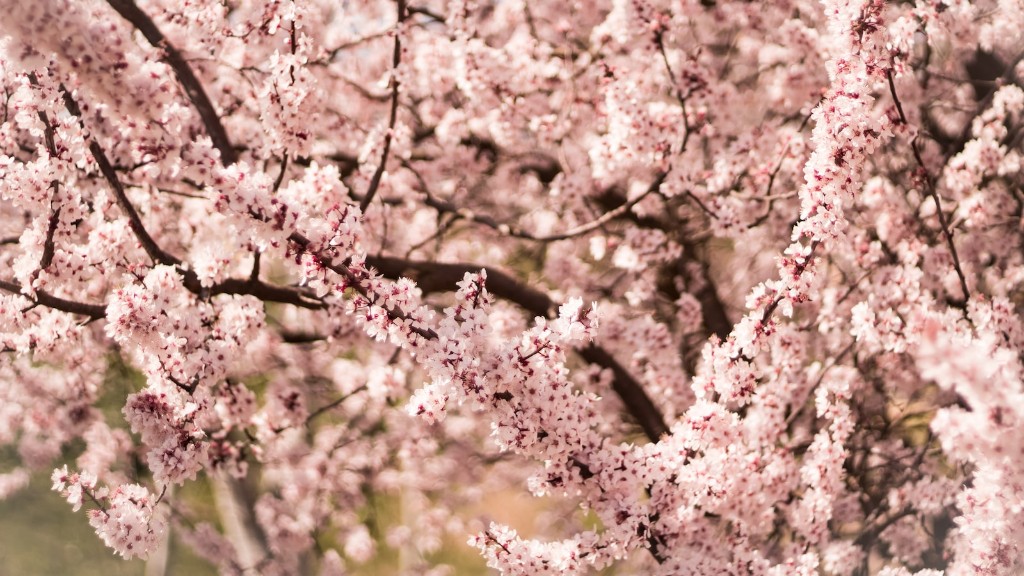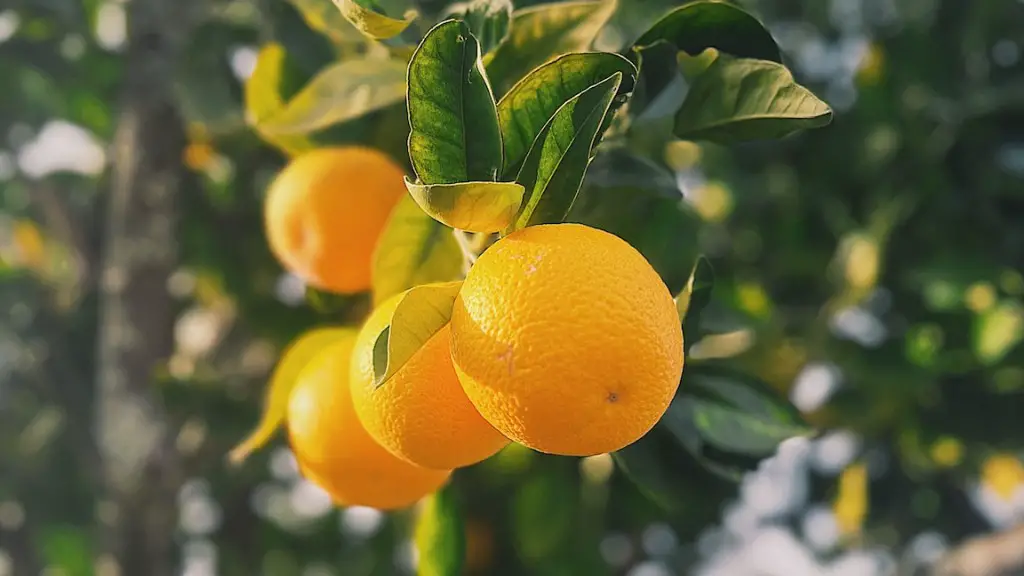For anyone who is growing a cherry tree in their garden, it’s important to know why and how it can start to deteriorate. If your cherry tree isn’t growing as well as you had hoped, it’s important to have someone look at it and identify the problem. Unfortunately, cherry trees can die for a number of reasons, including pests, diseases, poor nutrition and weather conditions.
Poor Nutrition
One of the most common causes of a cherry tree’s poor health is poor nutrition. When a tree isn’t getting the nutrients it needs from the soil, it begins to suffer. It can have difficulty growing or flowering, and its leaves may start to turn yellow or brown. A soil test can help to determine if your cherry tree is getting the right amount of phosphorus, magnesium and other important nutrients it needs. If it isn’t, it’s possible to supplement the soil with a fertilizer specifically designed for cherry trees.
Pests and Diseases
Pests and diseases can cause a variety of problems for cherry trees. Aphids, mites and borers can all damage the leaves, branches and fruit of a cherry tree, while various fungal diseases can cause the leaves to wilt, die and drop off. It’s important to monitor your cherry tree for signs of pests and diseases, and if you do detect any, to have it treated promptly.
Extreme Weather Conditions
Extreme weather conditions can also damage cherry trees. Some varieties of cherry trees are more resistant to cold temperatures than others. If the cold winter weather is too extreme, it can cause the branches of the tree to break and the leaves to die. On the other hand, if the summer is unusually hot and dry, the tree may suffer from drought stress, causing the leaves to wilt and die.
Incorrect Pruning
Incorrect pruning can also damage cherry trees. Pruning is an important part of cherry tree maintenance, but it’s important to do it correctly. Pruning too much can weaken the structure of the tree and leave it vulnerable to pests and diseases. On the other hand, if the wrong branches are pruned, the tree could become uneven and lopsided.
Soil Compaction
Soil compaction can also cause a cherry tree to struggle. If the soil around the tree is too hard and compacted, the tree may not be able to get the water and nutrients it needs, and air pockets can form, preventing the roots from getting the oxygen they need. If this occurs, the tree may struggle to grow or blossom.
Wet Soil
Finally, wet soil can also be a problem for cherry trees. If the soil is too wet and it doesn’t have time to dry out before the next watering, it can cause the roots to rot and the tree to struggle. If the soil is too wet, there are several things you can do to help improve it, such as adding more organic material and aerating the soil.
Improving Soil Nutrition
Improving the nutrition in the soil is key to ensuring your cherry tree is getting the right nutrients it needs to grow and blossom. Adding organic matter such as mulch or compost can help to improve the structure, pH and moisture of the soil, and provide the tree with crucial nutrients. You can also add a balanced fertilizer to the soil to help the tree grow strong and healthy.
Testing Soil Health
Have a look at the pH of the soil. The ideal pH level for a cherry tree is between 6.5 and 7.5. If it’s too acidic or alkaline, then it’s important to take steps to correct it. A soil test is the best way to measure the pH level, and you can then take the necessary actions such as applying lime or sulfur to adjust the pH.
Monitoring the Tree’s Health
When you’ve taken steps to improve the soil environment and nutrition, it’s important to keep an eye on the cherry tree and watch for any signs of distress or decline. Monitor the tree for any wilting, discoloration or dieback, and pay attention to the fruiting cycle and blossoms. If you do notice any problems, have a qualified arborist take a look and diagnose the issue, so you can take the necessary steps to heal your tree.
Watering and Other Maintenance
Watering is critical for cherry trees, as they naturally require a lot of water to thrive. Watering the tree on a regular basis will help ensure that it’s getting the moisture it needs to stay healthy. Additionally, make sure to remove any dead or dying branches, as well as any branches that may be rubbing against each other. Trimming the top and sides of the tree every year can help to maintain its shape, and it’s important to remove any weeds or grasses that may be growing around the base of the tree.
Preventative Care
Finally, it’s important to take preventative measures against pests and diseases. A healthy tree is the best defense against pests and diseases. Ensure the tree is getting the water and nutrients it needs, and inspect it regularly for any signs of pests or diseases. If any are present, have a qualified arborist take a look and recommend a course of action.


